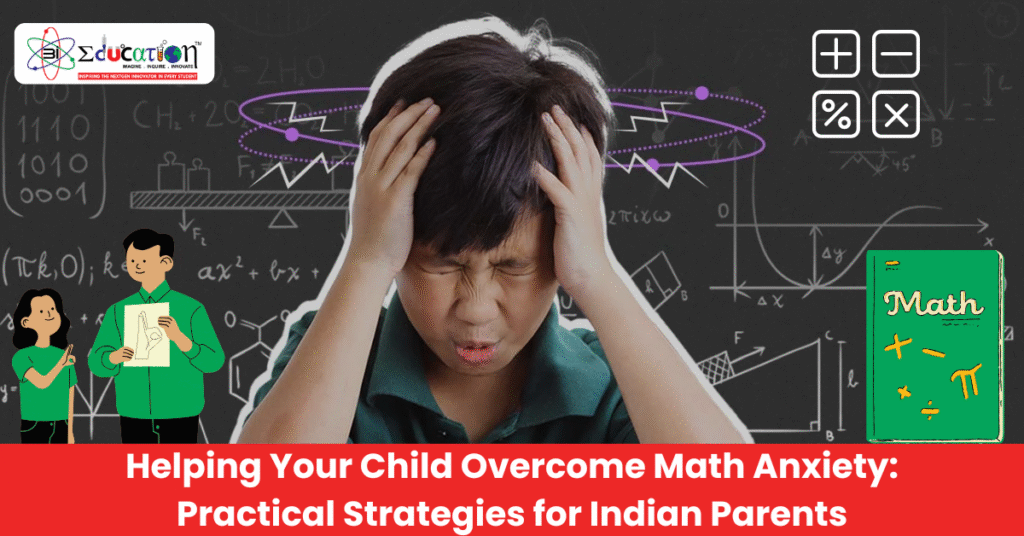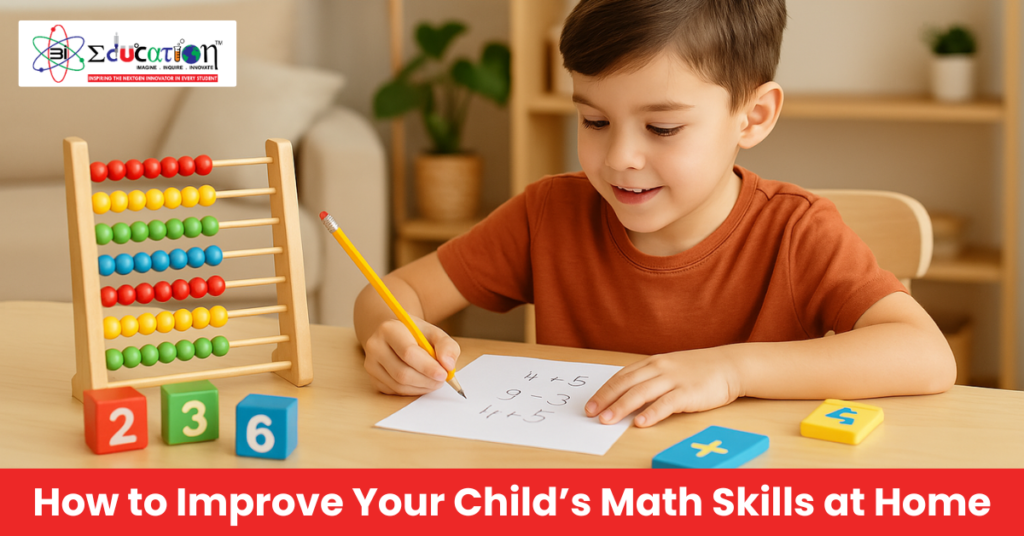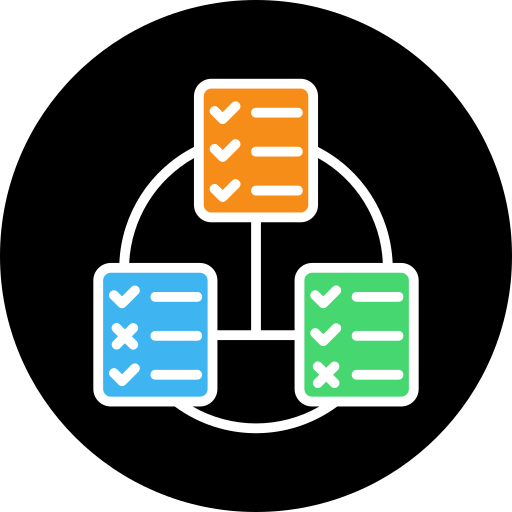Helping Your Child Overcome Math Anxiety: Practical Strategies for Indian Parents
Helping Your Child Overcome Math Anxiety is key to their academic success. This guide for Indian parents offers practical tips to boost your child’s confidence and ease their fear of math. Mathematics is a fundamental subject that plays a crucial role in a child’s academic journey. However, for many students in India, especially those in grades 1 to 10, math can be a source of significant anxiety and stress. As a parent, understanding and addressing this “math anxiety” is essential to help your child develop confidence and succeed in the subject. In this guide, we’ll explore practical strategies tailored for Indian parents to assist their children in overcoming math anxiety. Understanding Math Anxiety Math anxiety is more than just a dislike for the subject; it’s a genuine fear that can interfere with a student’s ability to perform well in mathematics. Symptoms can include nervousness, avoidance, and a lack of confidence when faced with math-related tasks. Recognizing these signs early is the first step in providing the necessary support. 1. Create a Positive Learning Environment A supportive and encouraging environment at home can significantly influence your child’s attitude toward math. Celebrate their efforts and progress, no matter how small, and avoid negative remarks about their abilities. Your positive reinforcement can boost their confidence and motivation. Example: If your child solves a math problem correctly, praise their effort by saying, “I’m proud of how hard you worked on that problem!” Source : Vnaya 2. Incorporate Math into Daily Activities Integrating math into everyday life can make the subject more relatable and less intimidating. Engage your child in activities that involve math, such as cooking (measuring ingredients), shopping (calculating totals and change), or planning trips (estimating distances and time). Example: While cooking, ask your child to help measure ingredients, explaining how fractions work in real-life scenarios. Source : explore.colorpencil.com 3. Utilize Educational Games and Technology Interactive games and apps can make learning math fun and engaging. Many educational platforms offer game-based learning that helps reinforce math concepts in an enjoyable way. This approach can reduce anxiety by shifting the focus from performance to play. Example: Use apps that turn math problems into puzzles or challenges, encouraging your child to solve them to progress to the next level. Source : The Times of India 4. Focus on Conceptual Understanding Encourage your child to understand the ‘why’ behind mathematical concepts rather than just memorizing procedures. A solid grasp of underlying principles can make problem-solving more intuitive and less stressful. Example: When learning multiplication, explain it as repeated addition to help your child visualize the concept. Source : Vnaya 5. Encourage a Growth Mindset Teach your child that abilities can be developed through dedication and hard work. Emphasize that making mistakes is a natural part of learning and an opportunity for growth. Example: Share stories of famous individuals who overcame challenges through perseverance, highlighting the value of effort. 6. Practice Mindfulness and Relaxation Techniques Stress-reduction techniques such as deep breathing, meditation, or yoga can help manage anxiety. Introducing your child to these practices can equip them with tools to stay calm during math tasks. Example: Before starting homework, guide your child through a short deep-breathing exercise to promote relaxation. 7. Seek Professional Support When Needed If math anxiety persists despite your efforts, consider seeking help from a tutor or counselor who can provide personalized strategies and support. Example: Enrolling your child in a specialized math tutoring program can offer individualized attention to address specific challenges. 8. Collaborate with Teachers Maintain open communication with your child’s math teacher to stay informed about their progress and any areas of concern. Teachers can offer insights and additional resources to support learning at home. Example: Attend parent-teacher meetings and discuss strategies to reinforce classroom learning. 9. Set Realistic Goals Help your child set achievable math goals to build confidence and a sense of accomplishment. Break down larger objectives into manageable steps to prevent overwhelm. Example: If your child struggles with multiplication tables, focus on mastering one set at a time before moving to the next. Source : Vnaya 10. Be Patient and Supportive Overcoming math anxiety is a gradual process. Your patience and unwavering support can make a significant difference in your child’s journey toward math confidence. Example: Acknowledge their feelings and reassure them that it’s okay to find certain topics challenging. Conclusion Math anxiety is a common challenge among students, but with the right strategies and support, it’s possible to overcome it. By creating a positive learning environment, integrating math into daily life, and utilizing engaging educational resources, you can help your child build confidence and develop a more positive attitude toward mathematics. Remember, your involvement and encouragement are key components in your child’s success. At 3iEducation, we understand the importance of addressing math anxiety and are committed to providing resources and support to help students thrive. Together, we can transform math from a source of stress into an opportunity for growth and achievement.












